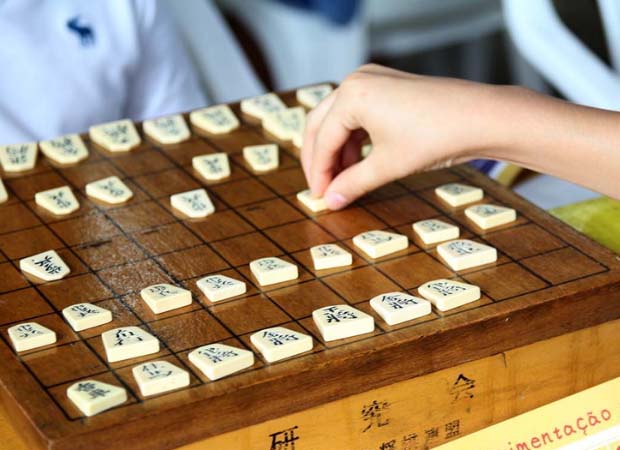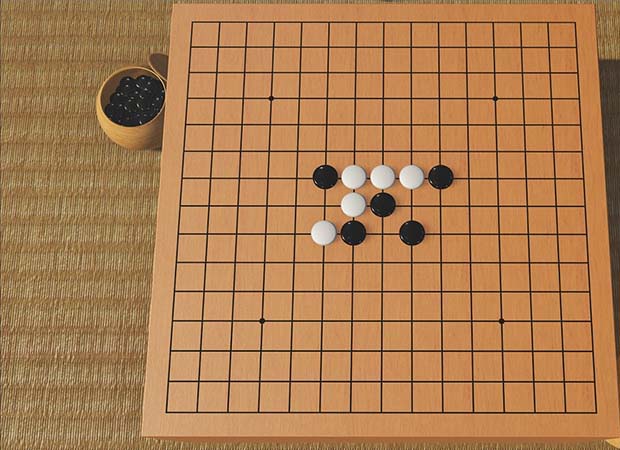
Board Game Popular in Japan: Board games have been an integral part of Japanese culture for centuries. They offer entertainment and a way to develop strategic thinking and social skills. In Japan, where tradition and innovation intersect, board games hold a special place in people’s hearts.
This article explores the most popular board game in Japan and other beloved games that capture the essence of Japanese gaming culture.
Shogi: The Japanese Chess
Shogi, often called Japanese chess, is Japan’s most popular board game. It has a rich history dating back to the Heian period (794-1185). Shogi is played on a 9×9 board with 20 pieces per player, each with unique moves. Unlike Western chess, captured pieces can be used by the capturing player, adding a dynamic and strategic depth to the game.
Why Shogi is Popular
Shogi’s popularity stems from its complexity and depth, which challenge players to think several moves ahead. It also enjoys extensive media coverage, including televised matches and professional leagues. The game’s accessibility, with many resources available for learning and improving, makes it appealing to beginners and seasoned players.
Go: The Ancient Strategy Game
Go is another viral board game in Japan. Originating in China over 2,500 years ago, it was introduced to Japan in the 7th century. Played on a 19×19 grid, Go involves placing black and white stones to control territory. The simplicity of the rules contrasts with the game’s profound strategic complexity.
Why Go is Popular
Go is celebrated for its elegance and depth. It offers infinite possibilities and requires players to balance offence and defence, making every match unique. Go clubs and professional tournaments further fuel its popularity and representation in popular culture through manga and anime like “Hikaru no Go.”
Mahjong: The Four-Player Tile Game
Mahjong, a skill, strategy, and calculation game, is also very popular in Japan. Unlike the solitaire version known in the West, Japanese Mahjong is a competitive four-player game. Similar to rummy, players draw and discard tiles to form winning hands. The game is often played in parlours, online, and in tournaments.
Why Mahjong is Popular
Mahjong’s appeal lies in its combination of luck and skill. The social aspect of playing with others and the thrill of achieving a winning hand make it a favourite pastime. Its presence in Japanese media and its association with gambling also adds to its allure.
Othello: The Modern Classic
Othello, also known as Reversi, is a strategy board game that has gained significant popularity in Japan. Invented in the 19th century, it is played on an 8×8 board with black and white discs. Players aim to capture their opponent’s discs by flanking them with their own and flipping the captured discs to their colour.
Why Othello is Popular
Othello is appreciated for its simple rules and deep strategy. It’s easy to learn but hard to master, making it suitable for all ages. The game’s competitive scene, including national and international tournaments, enhances its popularity. Othello’s inclusion in educational programs to develop logical thinking skills further boosts its appeal.
Sugoroku: The Traditional Dice Game
Sugoroku is a traditional Japanese board game similar to backgammon. There are two main types: ban-sugoroku, which is similar to backgammon, and e-sugoroku, which is a racing game. E-sugoroku, popular during the Edo period, involves rolling dice to move pieces along a board, with various spaces offering rewards or penalties.
Why Sugoroku is Popular
Sugoroku is cherished for its historical significance and simplicity. It’s often played during the New Year holiday, evoking nostalgia and family bonding. The game’s cultural value and ease of play make it a timeless favourite in Japanese households.

Hanafuda: The Flower Cards
Hanafuda is a traditional Japanese card game played with a deck of 48 flower cards representing the months of the year. The game involves matching cards to create specific combinations and scoring points. Different variants, such as Koi-Koi and Hachi-Hachi, offer diverse gameplay experiences.
Why Hanafuda is Popular
Hanafuda’s beautiful artwork and cultural heritage make it a beloved game in Japan. It’s often associated with traditional celebrations and gatherings. The game’s strategic depth and various playable variants contribute to its enduring popularity.
Karuta: The Poetic Card Game
Karuta is a traditional Japanese card game that combines poetry and quick reflexes. Players listen to a reader recite a poem and then race to find the corresponding card from an array. The most popular variant, Uta-garuta, features classical Japanese poems.
Why Karuta is Popular
Karuta is popular due to its cultural significance and educational value. It’s often played during the New Year and at school competitions. The game promotes literacy and appreciation for classical Japanese poetry. Its portrayal in popular culture, such as the anime “Chihayafuru,” has also boosted its appeal.
Conclusion for Board Game Popular in Japan
Board games play a significant role in Japanese culture, offering entertainment and intellectual challenge. Shogi, Japan’s most popular board game, exemplifies the country’s love for strategic thinking and deep gameplay. Other games like Go, Mahjong, Othello, Sugoroku, Hanafuda, and Karuta further illustrate the diversity and richness of Japanese gaming traditions.
These games are pastimes and cultural treasures that reflect Japan’s history, values, and social fabric. Whether you’re a seasoned gamer or a curious newcomer, exploring these board games provides a unique window into Japanese culture and the timeless joy of gaming.